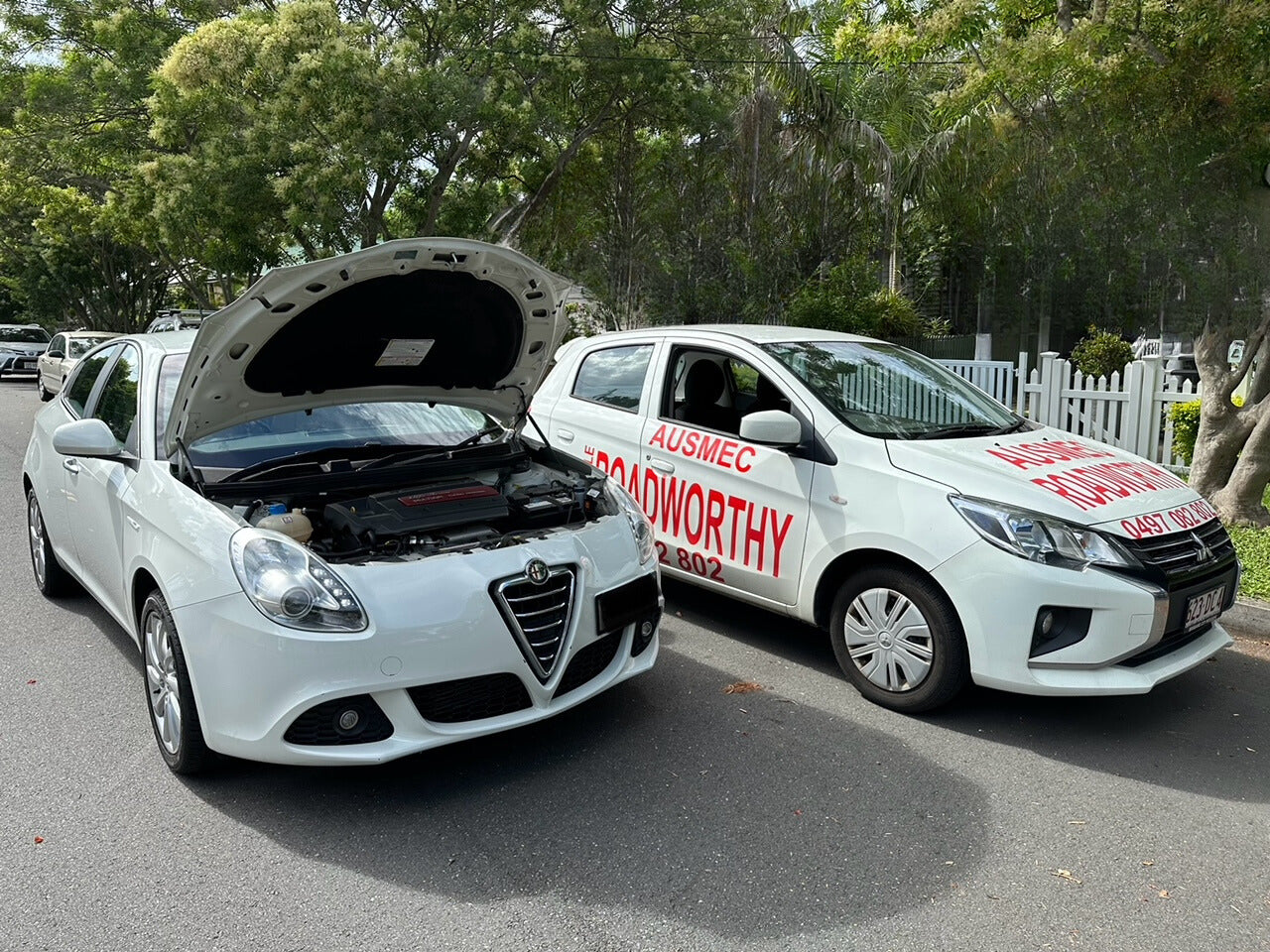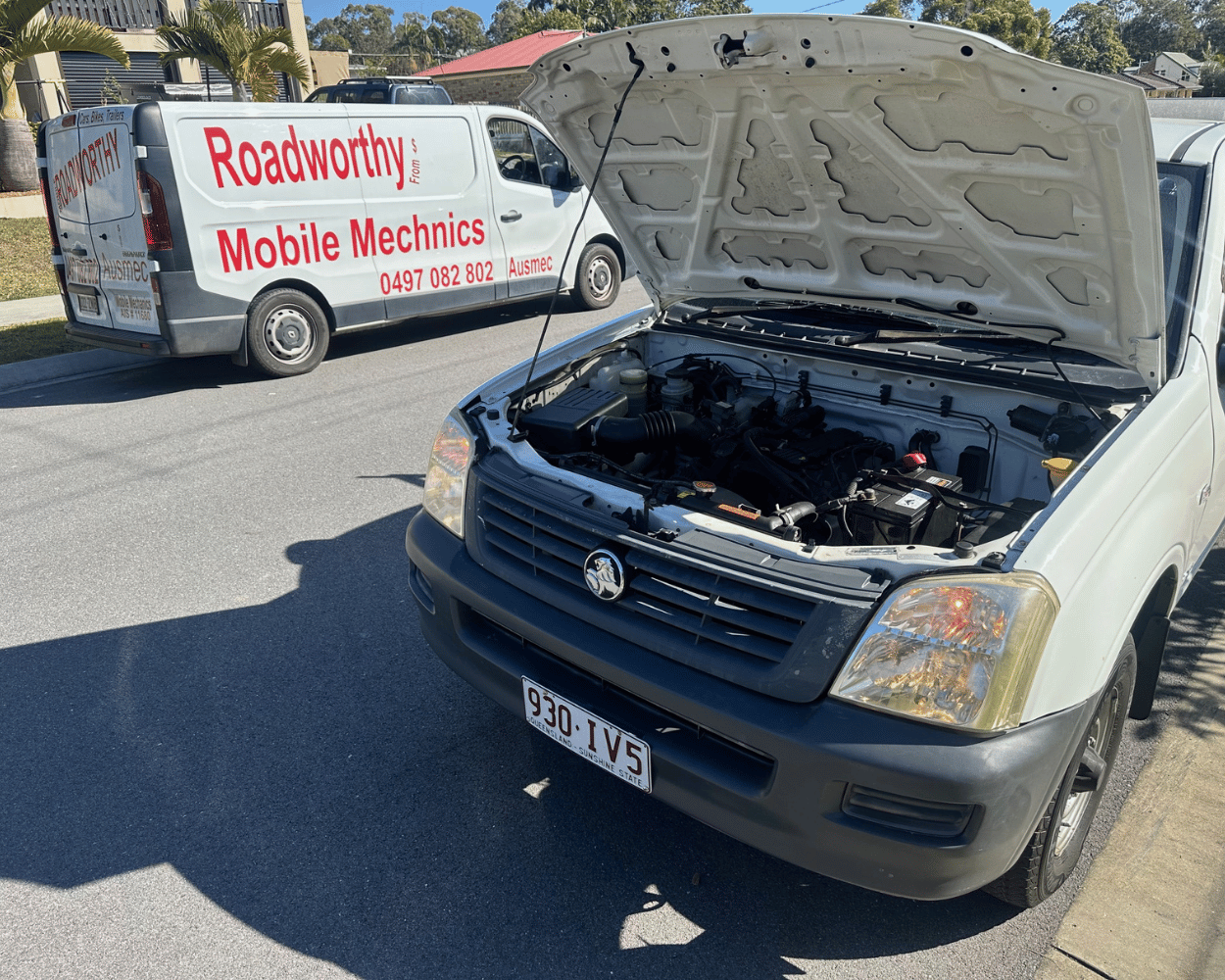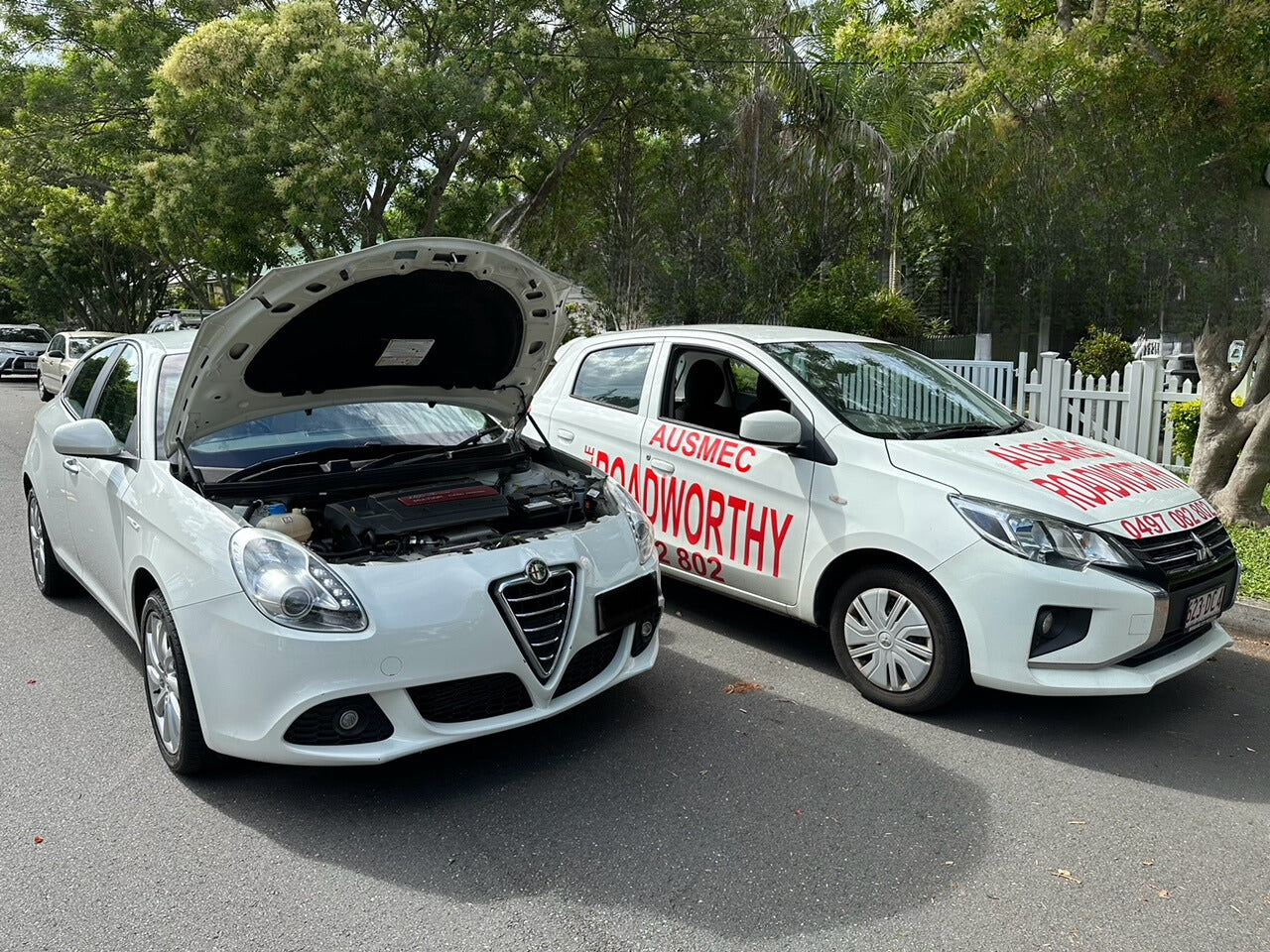Vehicle safety features
Vehicle Safety Features:
Ausmec examiners pay close attention to a vehicle's safety features, considering these three crucial aspects:
-
Operator Safety: Features like Anti-lock Braking Systems (ABS) and Electronic Stability Control (ESC) assist the driver or rider in maintaining control of the vehicle during emergency maneuvers.
-
Public Safety for Occupants: Airbags, crumple zones, and other passive safety features are assessed to ensure they function properly and offer optimal protection for occupants in case of a collision.
-
Environmental Impact: Advanced safety features can sometimes contribute to environmental benefits. For example, some systems might help optimize fuel efficiency or minimize the risk of accidents that could lead to environmental damage (e.g., spills).
By comprehensively inspecting these features, Ausmec examiners ensure vehicles are equipped to safeguard everyone on the road and minimize potential environmental impact.
Modern vehicles are packed with an array of intelligent safety features designed to prevent accidents and protect occupants in case of a collision. Some of the most common and crucial features include:
- Anti-lock Braking System (ABS): ABS prevents wheels from locking during hard braking, allowing drivers to maintain steering control and avoid skidding. This is especially beneficial on slippery surfaces or during emergency maneuvers.
- Electronic Stability Control (ESC): ESC helps maintain vehicle stability by automatically applying brakes and adjusting engine power if the car detects a loss of control. This can prevent skids and rollovers in critical situations.
- Airbags: Airbags are inflatable cushions that deploy in a fraction of a second during a crash, providing additional protection for the driver and passengers by absorbing impact force and minimizing injuries.
- Seatbelts with Pre-tensioners and Load Limiters: Modern seatbelts incorporate pre-tensioners that automatically tighten in the event of a collision, securing occupants in their seats. Load limiters prevent excessive pressure on the chest in a crash, reducing the risk of injuries.
- Blind Spot Monitoring: This system uses sensors to detect vehicles in your blind spot and alerts you with a visual or audible warning, helping you avoid lane changes that could result in a collision.
- Lane Departure Warning: This system uses cameras or sensors to monitor lane markings and warns you if your vehicle begins to drift out of its lane unintentionally.
These are just a few examples of Vehicle Safety Features. The availability of specific features may vary depending on the vehicle make and model. However, all these safety systems work together to create a safer driving experience for you and those around you.
Contact us Today for More Information at Ausmec Mobile RWC and Mechanics !
Extra information on some RWC rules :
Background, Seats and Restraints, Lamps lights and Electrical, Windscreen, Body chassis and frame, Tow Couplings, Steering and Suspension, Wheels and Tyres, Brakes, Engine driveline and emissions, Vehicle safety Features, Vehicle Identification, Modifications, Road Test, Motorcycle RWC Standards,
Contact form
Ausmec Mobile RWC & Mechanics
Mobile Roadworthy (Safety certificate)
Share




